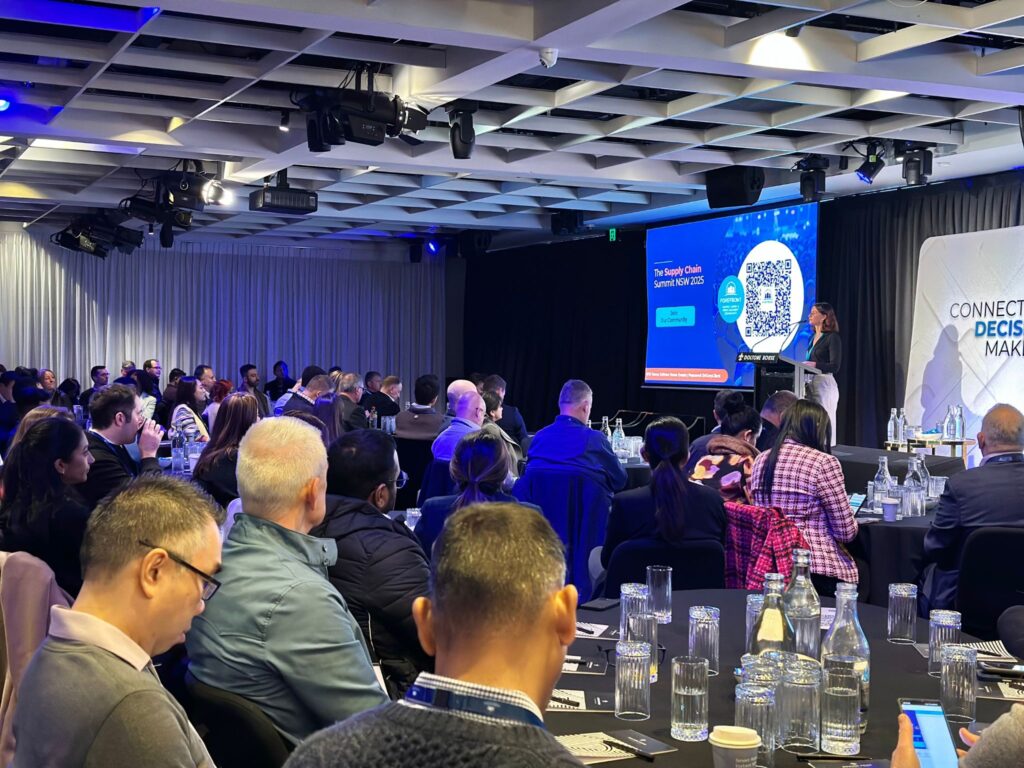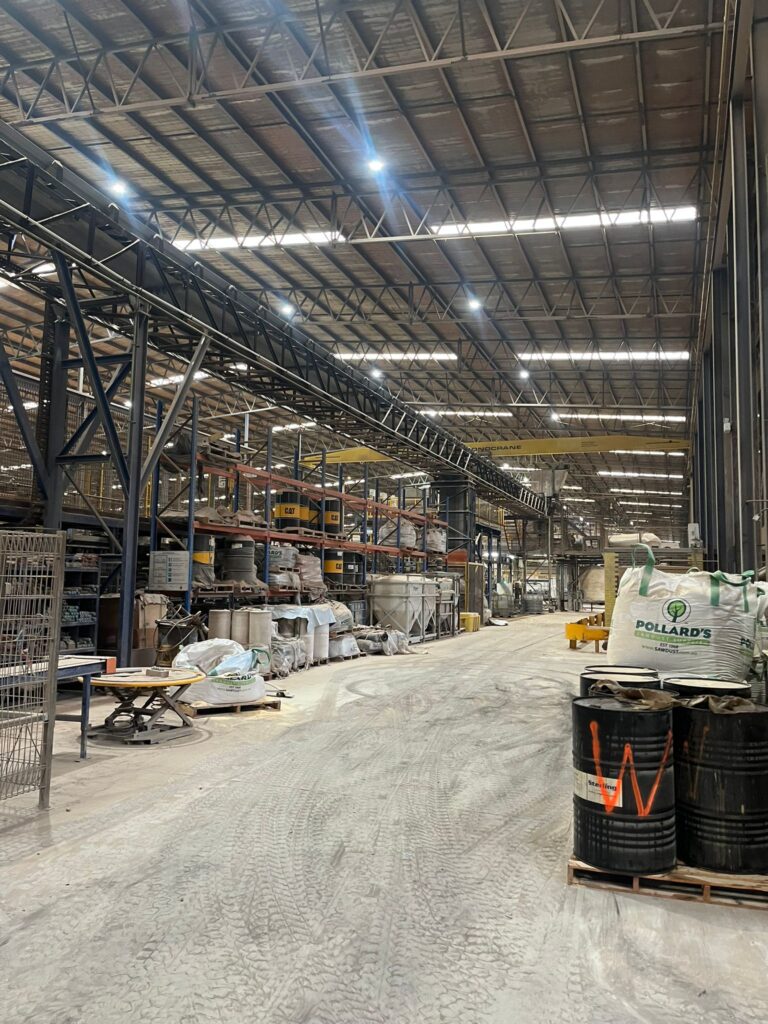It is time to forget everything you know about supply chain planning. The hierarchical roles, the linear processes, the ageing frameworks. We have been living in a 1980’s APS software paradigm time warp, and it’s time to let it go.

Concurrent planning enables your talent to focus on their tasks but with one single view of the supply chain in mind. Coordination, collaboration and synchronisation become easy. Simultaneous and seamless planning of multiple scenarios across various time horizons delivers what’s needed at precisely the right moment. The technology is here to enable this – but the other essential ingredient its success lives or dies by is the people.
As organisations move toward this new way of planning, supply chain analysts, planners and forecasters will see their job titles and functions change. Planners will be selected by skill and merit rather than function. The overall goal is to build a team of highly skilled network planners who operate with new degrees of freedom and speed, supported by concurrent planning and the latest emerging technology and information. So, what are the barriers preventing firms from starting?
New processes and setup
We are back to the time warp again. Traditionally, supply chains have tracked performance against measures that are functionally aligned, looking backwards not forwards, and fail to take into account important strategic (but non-financial) success factors, such as customer service and loyalty. They don’t link end to-end thinking or measure speed or agility in decision-making. In other words, they are 50 years out of date, and for the new generation of network planners these measures just aren’t fit for purpose.
Functional organisational structures, which bring with them conflicting KPIs, contradictory views on the supply chain trade-offs, and behaviours reinforced by individually-based reward mechanisms and objectives, are also ingrained and embedded, and reflect old school thinking. It’s time we started with a blank sheet of paper on this. The way in which we interact, share and solve problems has changed radically across that time period. Our measures need to reflect this.
It is also crucial that we re-examine how we look at people’s job titles and descriptions in the new regime. It’s not that our supply chains are made up of people who are not doing their jobs well and as defined. The problem is the definition of what these roles should do.
It’s not necessarily about changing where people sit functionally in the new era – although maybe that needs to change too – it’s more about how people behave regardless. It’s about the understanding, desire and willingness of what needs to change and building that desire into your skillset.
The new network planners that make up this meritocracy are going to be masters of the what-if scenarios, responding quickly to unexpected problems and thriving on increasing levels of ambiguity. They’ll drive non-linear processes, break out of the traditional forecast demand, determine required inventories, optimise capacities, and plan step-by-step demand and supply approaches. These network planners will be financially numerate and actively monitor current and projected business results. They’ll need a blank sheet of paper organisationally, but there are many compelling reasons for doing so.
A new revolution in supply chain planning
Where do you start? Well, this needs to be driven from the top down because big changes are needed. But the reasons are sound. A common mistake when driving big change this way is to get hung up on business cases and return on investment (ROI) when justifying something new. That is missing the point. It’s in the speed of response, productivity and quality of decision-making where most of the benefits of concurrent planning lie. These things cannot be measured via a simple ROI calculation because their benefits and the effect they have are not solely just financial. Nor do they come to bear fruit over a specific period of time. So, it’s complex to measure this way. But a new regime calls for some new rules. The future state of your supply chain planning is your ROI!







